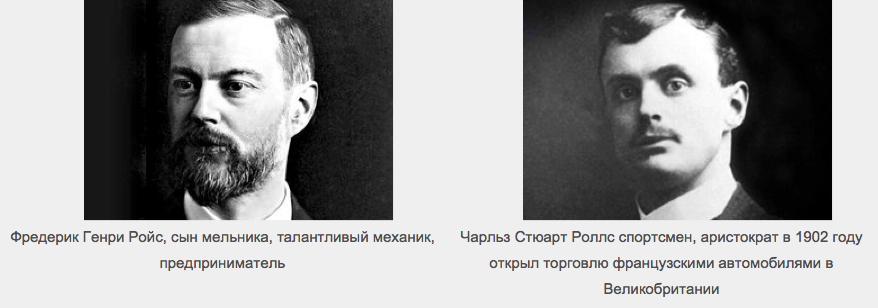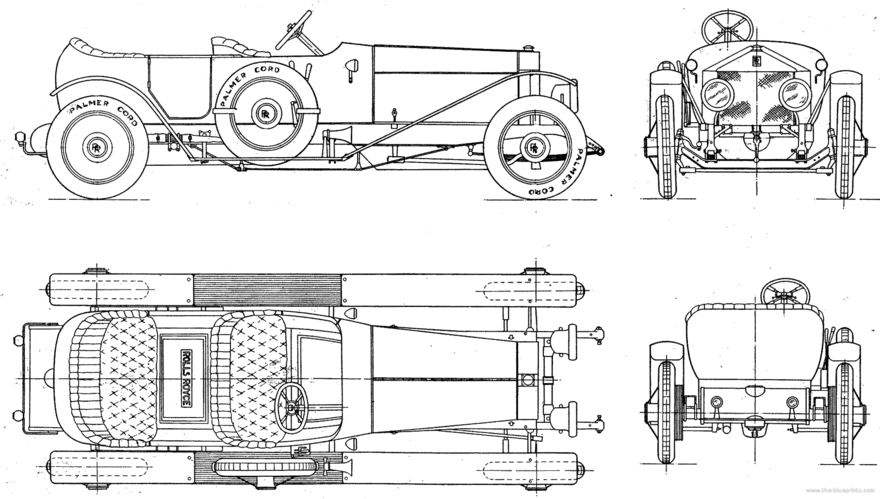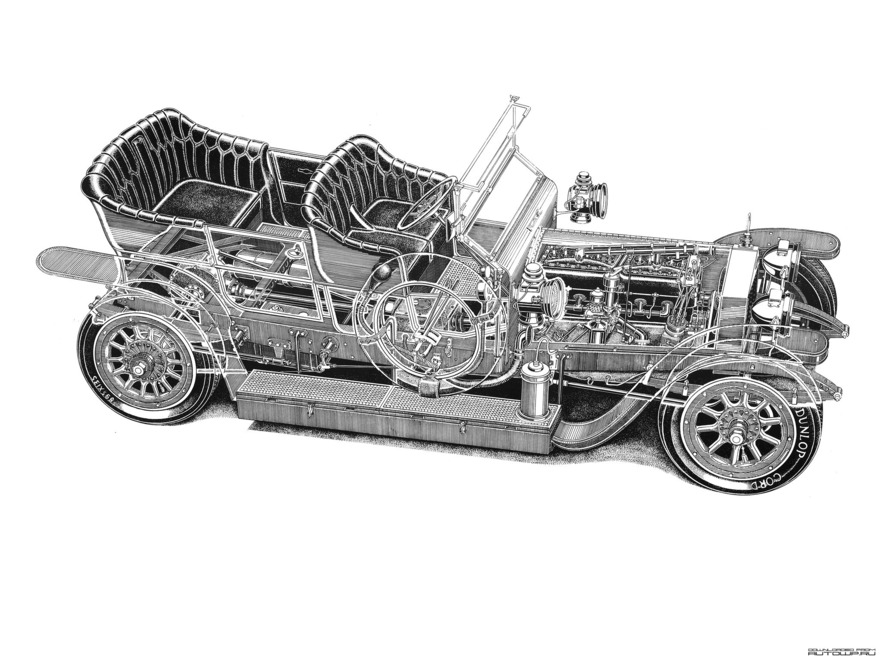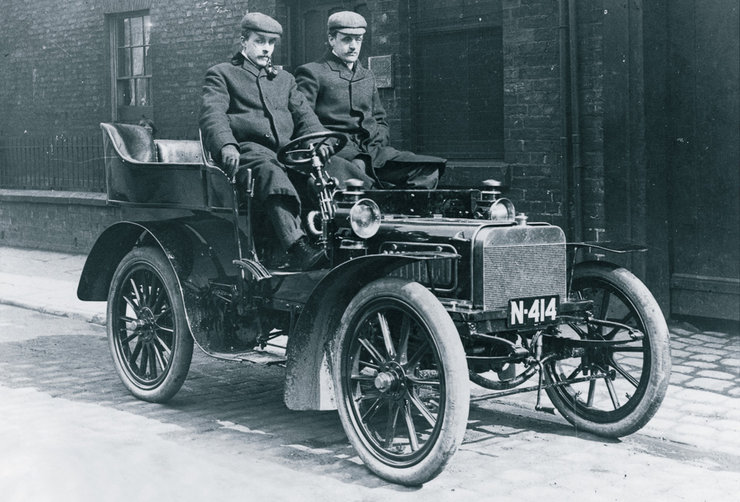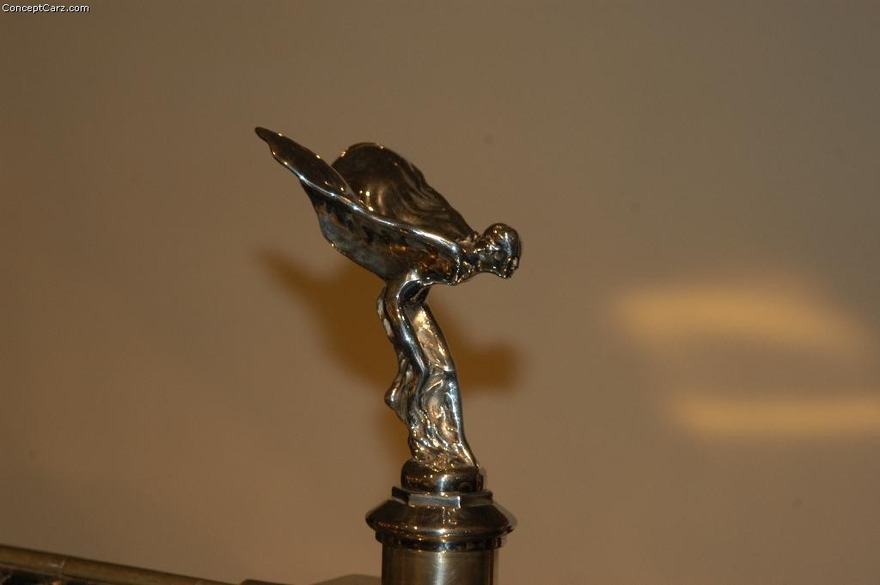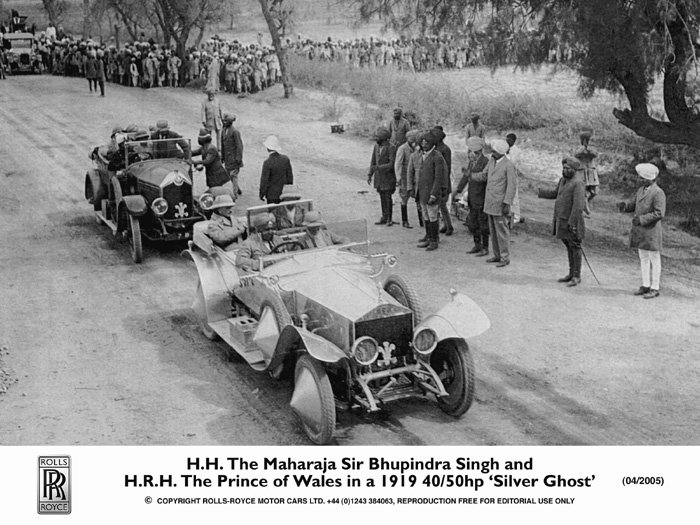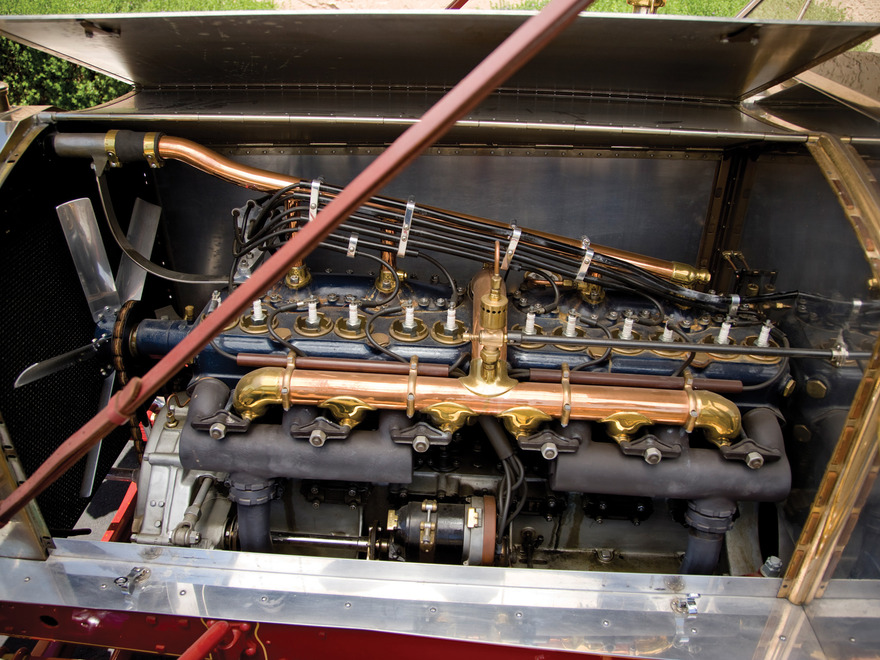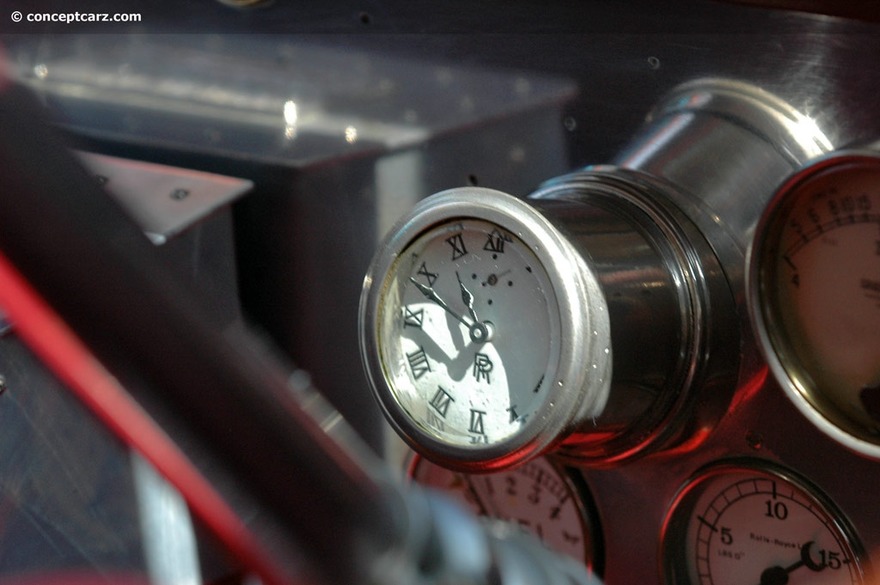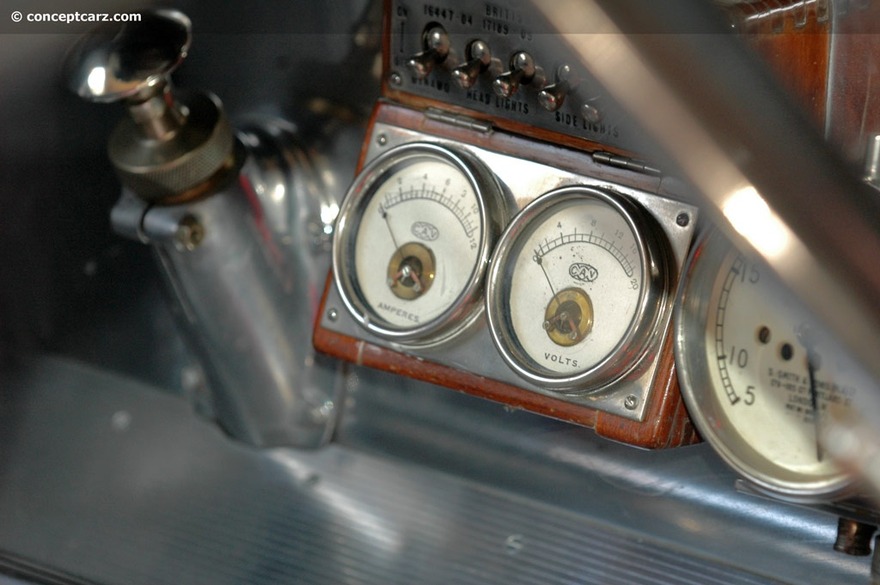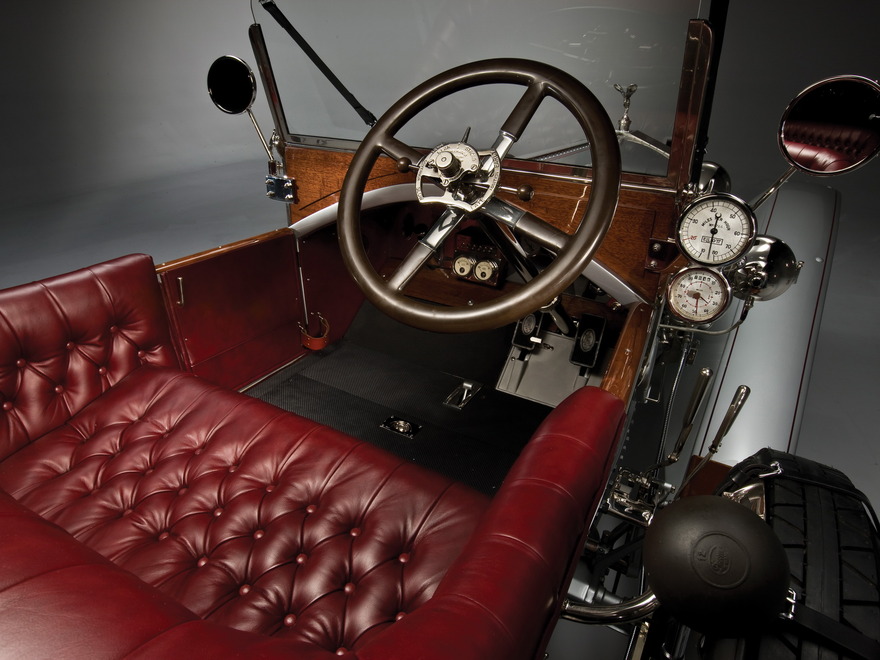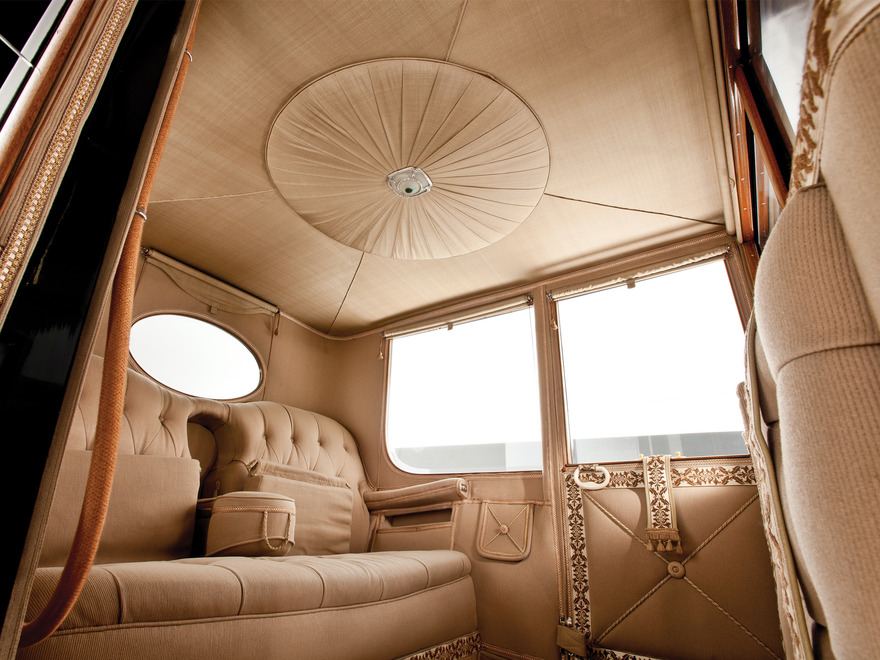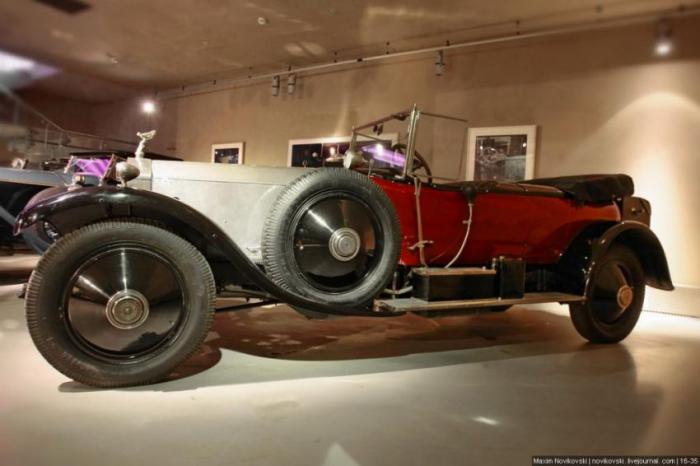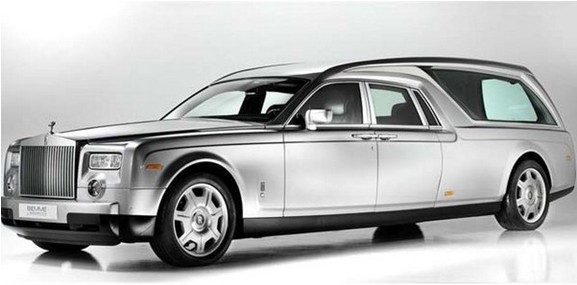Day after day, a hard-working miller’s son, a self-taught mechanic, was tirelessly delving in parts, units, and components of farm machinery. At that time, a boy named Frederick could not even imagine that his last name would be used in the name of one of the world’s best car manufacturing companies. The Englishman with the full name Frederick Henry Royce assembled and took to pieces his first car several times. The two-cylinder Royce 10, subject to constant perfection, caught the interest of Charles Rolls, who had been one of Britain’s first dealers of French cars since 1902.
The young and already famous racing driver, really enthusiastic about cars and airplanes, saw with half an eye that he was dealing with a true talent. The fate of the firm was drawn out after a conversation between two gentlemen, which took place in one of Manchester’s fashionable restaurants on May 1, 1904. During the next meeting they formed Rolls-Royce Limited. The two entrepreneurs set high quality to be at the heart of their manufacturing philosophy.
Henry Royce had been bringing everything to perfection since early childhood. The self-taught was dreaming about “a car beyond any criticism”. Perfectionism, thoroughness, and dedication to machinery destined the fate of his future works. Up to present day, masterpieces created by Rolls-Royce serve as the very picture of refined elegance combined with power and robustness. Sketches, experiments, more sketches, and tonnes of hard handwork brought the results Royce had been seeking. Two years later, he could be proud of the car, which was destined to become the supercar of the early 20th century.
In 1907, at the Olympia Show, part of the London Motor Show, a Silver Ghost was revealed to the public — a car, which had generated numerous legends. A total of 6,173 Silver Ghosts were made between 1907 and 1925 in England and between 1920 and 1926 in the USA. Almost all of them were later found in car parks of the royal families, high officials, and wealthy people.
However, it was not the engine, which had established highest reputation of the first Silver Ghost. The incredibly robust chassis, which was able to withstand the weight of a two-tonne body without making any noises on the road, was a real breakthrough. Due to their reliability and guerrilla-style soft ride, these models — 40/50 НР — were chosen to serve as a base for heavy armoured cars during World War I and II in the period since 1915 to 1944. After success of the Silver Ghost unveiled in 1907 it became clear that Rolls-Royce would concentrate on building powerful, scrupulously handcrafted vehicles.
Each country is proud of cars it produces. Rolls-Royce became another pride of Britain. However, it did not behove to a car destined to become the great one to ride under the sky of London without indicating itself. Despite its outstanding exterior, ample passenger compartment, and royal interior, Claude Johnson was insisting that it needed an ornament. A special hallmark, which should allow recognising the company’s masterpiece on the fly. Nevertheless, tradition of decorating the bonnet with a figurine of a flying lady, which was officially called the Spirit of Ecstasy, emerged only in 1911. And here’s the story of it…
Henry Royce had never been enthusiastic about any mascots on their cars as he thought that it might ruin the strict “brand” radiator outline, making the car look like all other cars with mascots. However, he was severely ill and Claude Johnson was administrating the company at that time. He was the one to order the mascot in the absence of the founders. The managing director asked the artist to create something more graceful than The Whisper. The mascot had to convey the spirit of the Rolls-Royce, speed with silence and tranquillity with flying. Claude had rather poor imagination so he could only offer the statue of Nike kept in the Louvre as an example.
However, Charles Sykes, an artist and a sculptor, created his own flying goddess “revelling in the freshness of the air and the musical sound of her fluttering draperies”. The first figurine was made for the Rolls-Royce of Lord Montagu, whose secret love was chosen as the model. By a twist of fate, this lady was not only Montagu’s secret love but also his secretary. Her name was Eleanor Velasco Thornton. For many years, Sykes was moulding the figurines himself for each Rolls-Royce car and each of them was bearing his signature.
People used to say that the prim Englishmen from Rolls-Royce avoided introducing any innovations, which were appearing in the world’s car manufacturing, to preserve the company’s reputation. Only back in 1913 they switched from using hand lever brake to foot-operated drum brakes. A year later, the Silver Ghost acquired electric headlights. Another 5 years later, by 1919, Rolls-Royce could boast of battery-powered ignition system. Not bad for a company in the early 20th century, isn’t it?
For three years the company was producing classic cars fitted with the engines delivering from 15 to 50 hp, which were produced under licence by Diksi in Germany and Marshan in Italy. However, Henry created the engine for the new model and it was perfection itself. A six-cylinder, which was rather uncommon in those days, 7.0-litre engine consisted of two three-cylinder units with an aluminium crankcase. Perhaps, it was possible to create an ideally balanced crankshaft consisting of two instead of a single throw only in Royce’s workshops. It could boast of perfect symmetry. Chosen with great deliberation and perfectly adjusted transmission gears, wheel bearings, and other movable parts used drop-feed lubrication system with oil delivered through aluminium pipes from the tank fitted under the bonnet.
Royce was always glad to use light-metal alloys in his models and he was the first to introduce aluminium pistons instead of the iron ones. He upgraded the carburettor and included it into the general system of water-cooling. He modified the construction of rear suspension three times.
The ignition system deserves a special notice. Trembler ignition used in the Silver Ghost had been invented by Royce. A trembler, arranged like a regular electric bell, broke the primary circuit. High voltage from the ignition coil was delivered to a simple brush distributor mounted in the end of the crankshaft making the sparks in the cylinders actuate constantly and not in a certain moment, the way it is usual nowadays. At first, the sparks (two in each cylinder) were served by two ignition systems — the trembler system and the common magneto one. However, after a while, Rolls-Royce turned away from Henry’s invention.
When modifying transmission, in order to level down the noise, Royce removed fourth gear and then later replaced it with direct gear. In this way, he sacrificed speed to comfort so that the Englishmen could have a comfort ride… Trying to make a ride as smooth as possible, the company’s engineers fixed the driving axle with the help of three springs, one of which was a cross spring. After that, they tried to apply several elliptic springs. Next step was to use cantilever springs, where the axle was mounted not in the middle but in the end of semi-elliptic springs. Another innovation was the invention of vacuum-driven front breaks. On their way full of experiments and refinements, Henry and his engineers had achieved outstanding results. Their six-cylinder engine used in the 40/50HP model was not producing any vibrations — a coin set on its edge would not topple from the engine running at idle speed. According to the legend, the loudest sound inside the car was the clock ticking. Probably, it referred to expensive chronometers of the passengers, as the first Silver Ghosts were not fitted with timers.
Only great car enthusiasts or people with purses bursting with bank notes and depthless bank accounts could step inside a Rolls-Royce. Its floor was covered with a soft carpet with thick pile; it had big seats with cushions and rising elbows. It had stained glass windows, its doors were decorated with embroidered ornaments, and there was a small secret pocket. Even the sceptics were impressed by the size of its interior. It’s difficult to imagine the price of a car like that!
One of rare Silver Ghosts produced in the critical year of 1921 can be found in Moscow nowadays. When you hear its price tag, your head starts throbbing and your heart misses a beat. Just think about it — $60,000,000! It’s the most expensive Rolls-Royce in Russia. And its owner proudly states that this car is really worth its money.
Throughout the entire century Rolls-Royce cars have been serving as the very picture of reliability, comfort, highest quality, and luxury. In 2012, the company revealed the most expensive hearse on our planet. The price of the Rolls-Royce Phantom Hearse B12 reaches $650,000. The seven-metre good looker was unveiled at the Specialized Exhibition of Funeral Goods and Services Tanexpo.
This company produced many cars which draw awe and admiration. But only Rolls-Royce, perhaps, can take the liberty of building a chic automobile costing more than half a million dollars used to carry coffins in it.

